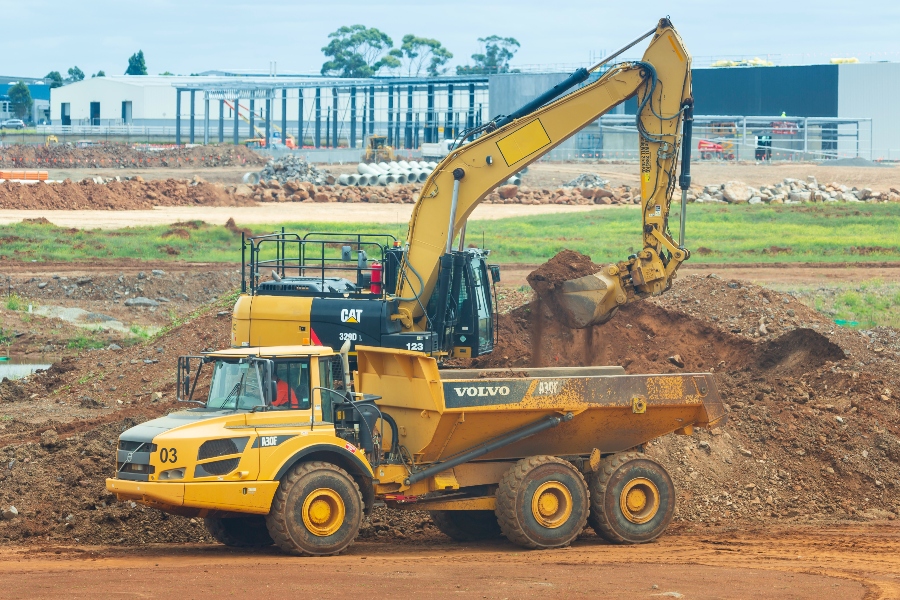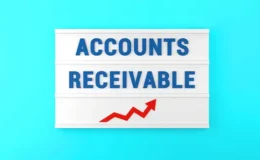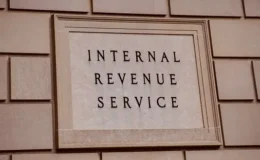Many companies in the U.S. rely on equipment every day, every week, and every year. High-quality equipment can improve productivity, work efficiency, and work quality. Put together, these advantages translate into greater profits. The key question is how to obtain the funds to make the purchase. For many businesses, the answer is equipment financing.
How Does Financing Differ from Conventional Loans?
There are several ways to buy equipment for your business. The right choice depends a lot on your company’s credit score and financial situation.
The first option is to apply for a traditional bank loan. Conventional loans offer exceptional interest rates, which can help your business save a lot of money. Unfortunately, the requirements for these loans are often very strict, so unless you have a pristine credit score and huge annual revenue, your business is likely to get turned down.
Another option is a small business loan. SBA loans also offer excellent interest rates, and they give you many decades for repayment. The downside is that approval can be complicated and often takes several months or more. You have more leeway for credit, cash flow, and annual revenue, but you still need solid numbers to qualify.
Last but not least is equipment financing. This alternative financing option structures the loan differently, keeping costs down while making it easier to qualify for small businesses. With equipment loans, the piece of machinery you’re purchasing becomes collateral for the loan. This helps you qualify for great interest rates even if your business doesn’t have great credit.
What Are the Pros and Cons of Equipment Financing?
Compared to the other two options, equipment loans have a shorter time period for repayment. You generally have around five or six years to repay the loan instead of 15–25 years with conventional loans. Interest rates can be a little higher, too.
On the other hand, the approval process is immensely easier. You may only need a credit rating of about 580 to qualify. With many types of equipment, you don’t even need to submit business financial documents.
Another advantage is the flexibility factor. With equipment loans, you can decide the balance of the down payment versus the monthly payment that works best for your business’s cash flow.
Some business owners prefer a larger down payment so they get smaller monthly payments. New business owners may prefer options for 0% money down so they can get the equipment needed quickly.





